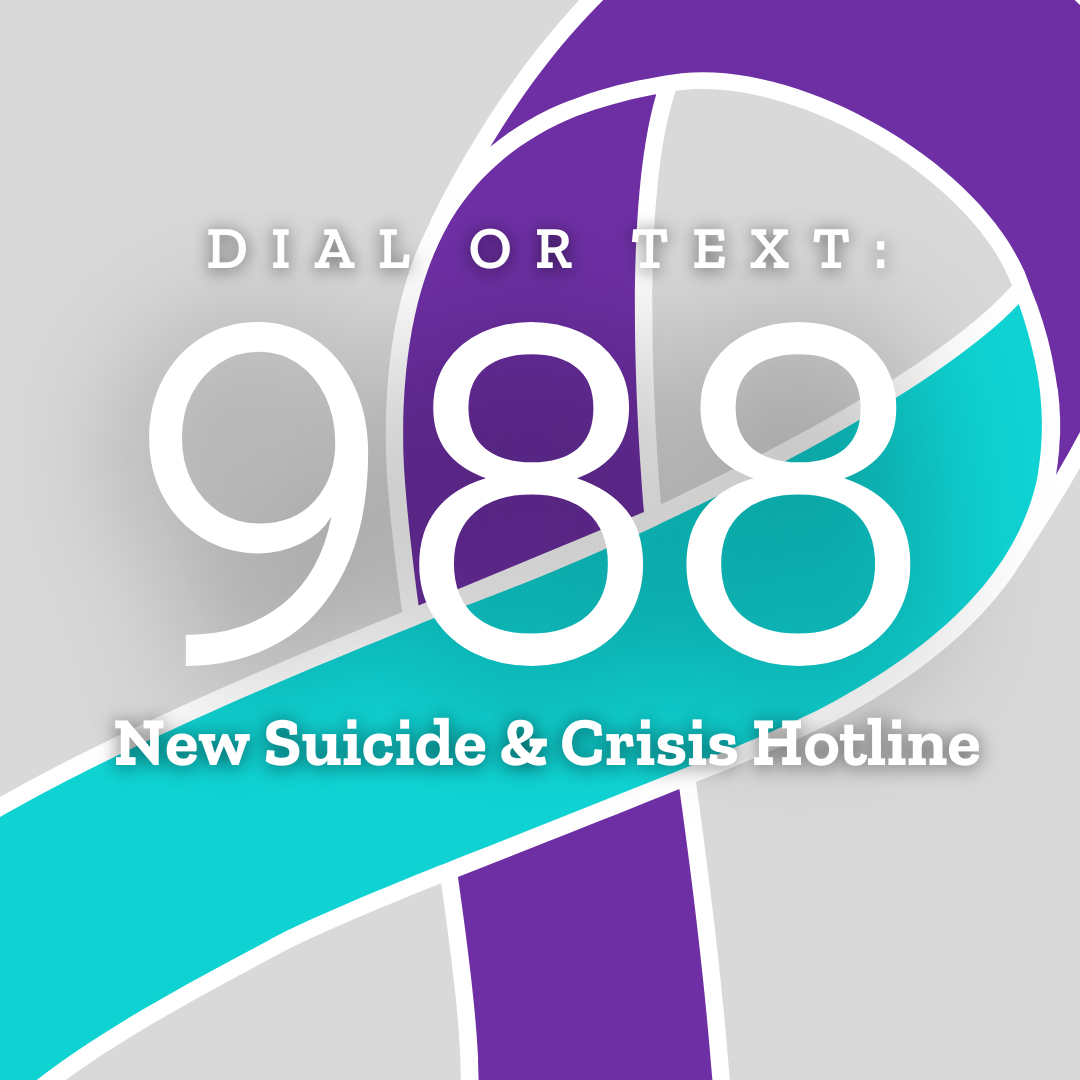September was first declared as National Suicide Prevention Awareness Month in 2008. The month of September is now a time to recognize those who have been affected by suicide as well as raise awareness. It also helps connect people with suicidal thoughts to treatment services. Around one million people worldwide die from suicide every year. According to ASFP, suicide rates are higher among adults from ages 25 to 34 years of age. Attempted suicides are 20 times more frequent than completed ones, but both rates are increasing.
Many families have lost loved ones to suicide, and the numbers are still increasing today. Schools must bring awareness to suicide to help their students know where to get help if needed. Southside High School focuses on teaching students the importance of mental health and bringing awareness to suicide prevention. One of Southside’s counselors, Annie Lattimore, goes into detail about Southside’s steps to bring awareness to students about suicide prevention and mental health. She says, “We have classroom lessons that we do every year in the September-October range of time.” The counselors are setting dates with the English teachers to come into the classrooms and teach students about suicide prevention. Lattimore adds, “There’s a community walk tomorrow, and so we posted information about that.” She says, “We will randomly post things in Schoology about mental health, and there’s a section of our webpage that has mental health help, and so we will put that information out as the month goes on.”
Lattimore finds the subject of suicide, along with mental health, critical because “There’s still a stigma of shame associated with mental health because it is something that people can’t hide as easily as they would like, and so they do try to hide it sometimes, and a lot of the time it’s just they don’t even realize that it’s a problem.” She continues, “The more education there is for them, but also for the people around them, to recognize the signs of how they’re feeling when they may not even realize it.” Lattimore says, “We can just help each other, and it can become more normal for us to realize we’re all in this together, and we all need to help each other.”
Many causes can contribute to suicide, including depression, which is caused by a chemical imbalance in the brain, anxiety, or it can be caused by any personal situation in a person’s life. Lattimore says the causes “are different as each person is.” Multiple different things can bring suicidal thoughts depending on the person. She states, “The one thing that can help is to give time, so that if someone is feeling that way, a lot of the time, if they can just get through the moment, the day, the week, then things might change.” Lattimore says, “Typically, things don’t stay the same, and getting them to just have the time for things to change is key.”
Southside students also find the topic to be significant. Junior student Charlize Buie says it’s important to talk about because “most people don’t realize how specific and important the topic is and don’t realize that it’s normal.” She adds, “People go through everyday struggles dealing with emotional and suicidal thoughts.” Buie says, “When people advertise for suicide prevention, they can start going to people, and they can learn how to cope with their emotions better and learn how to stabilize their emotions.” Lastly, she says that advertising suicide prevention helps people “to not feel this way about their situation in the future.”
The Southside counselors have a website on their schoology group for students to use as a helpful guide. You can click on several tabs depending on the information you need. On the mental health tab, there’s a hotline center you can call, websites to different mental health centers, and a “calming corner,” which gives multiple suggestions on ways to help clear your head and relax. Every student is encouraged to go on the website for any help they may need.




















